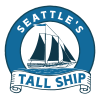
Tall Ships of Seattle: A Journey Through Time
Embarking on a journey aboard Seattle’s tall ships is like sailing through the pages of history, where each gust of wind whispers a tale of a bygone era. These majestic vessels, with their towering masts and billowing sails, offer more than just a scenic voyage along the Emerald City’s picturesque waterfront; they serve as living museums, transporting us back to a time when they were the lifeblood of exploration, trade, and cultural exchange. As we set sail into the heart of Seattle’s maritime heritage, we not only discover the allure of these historic ships but also connect with the adventurous spirit that shaped the Pacific Northwest.
The History of Tall Ships in Seattle
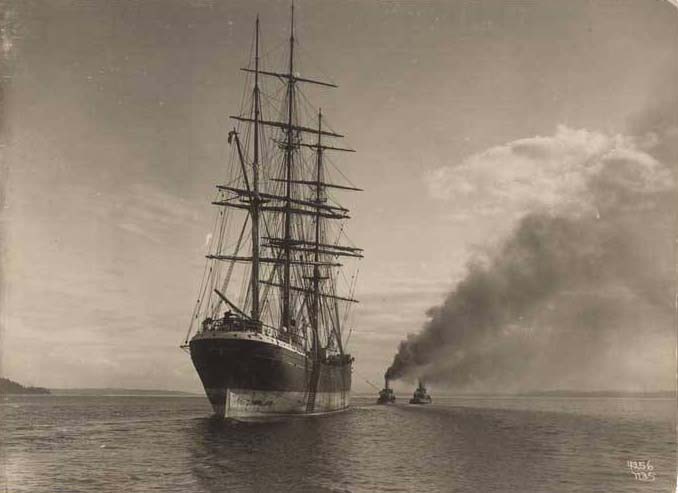
In the 19th and early 20th centuries, sailing ships carried lumber from the northwest to ports all over the world. Moving in and out of ports in Puget Sound could be tricky for these large vessels. They often depended on tugboats to tow them. In this photo, taken in 1906 by Webster & Stevens photographer Homer Davidson, the lumber freighter “Ganges” is being towed by two tugboats. The vessel was headed to pick up a load of lumber at Port Blakely. Its crew then signed on at Port Townsend, and the ship sailed to Callao, Peru to deliver the lumber. The home port of the “Ganges” was Tvedestrand, Norway.
The story of tall ships in Seattle is a vivid chapter in the saga of the Pacific Northwest, marked by daring explorations, economic booms, and the unyielding spirit of adventure. These vessels, with their grand silhouettes, were not merely modes of transportation but symbols of human curiosity and ambition.
The Age of Exploration and Trade
The arrival of tall ships in Seattle waters can be traced back to the late 18th century, when European explorers first made contact with the indigenous peoples of the Puget Sound region. These early encounters set the stage for subsequent voyages and the establishment of trade routes that would shape the area’s economic landscape. The fur trade, particularly with the Hudson’s Bay Company, became a cornerstone of this burgeoning economy, with tall ships serving as the lifelines connecting Seattle to global markets.
The Gold Rush Era
The discovery of gold in the Klondike in the late 19th century marked a turning point for Seattle and its maritime industry. The city became a crucial supply point for prospectors, with tall ships and steamboats ferrying adventurers and supplies to and from the goldfields. This era saw a flurry of activity in Seattle’s shipyards, as the demand for sturdy, reliable vessels soared. The construction and operation of these ships provided a significant boost to the local economy, cementing Seattle’s status as a maritime hub.
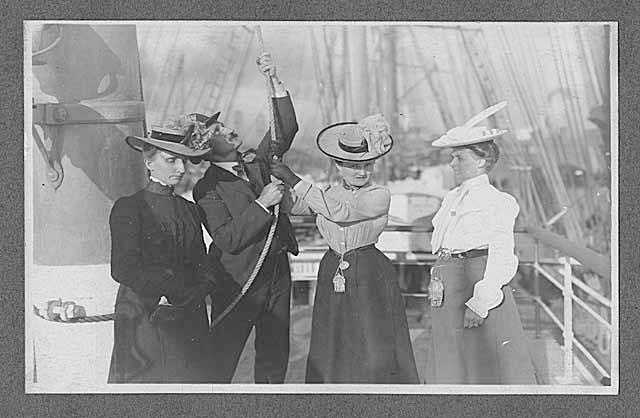
Robert Moran was born in New York City and came to Seattle in 1875. After working on ships for a number of years, he and his brothers opened a marine repair shop at Yesler’s Wharf in 1882. Over the years, Moran Brothers Company gained an excellent reputation for repairing and building ships. Among other vessels, the company built Yukon River steamboats for the gold rush and and the battleship “Nebraska” for the U.S. Navy. This 1903 photo shows William and Annie Moran (center left and right), with William’s mother, Melissa on the right, at Moran Brothers shipyard. The other woman may be Nellie Crow, William’s adopted sister
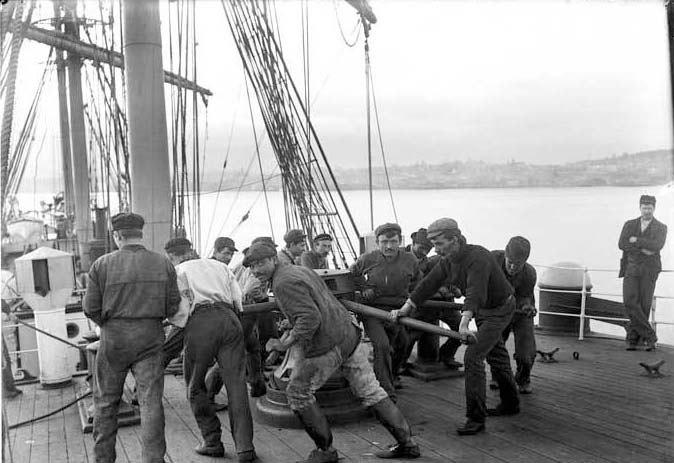
Before the introduction of steam engines to pull up anchors or move heavy weights, sailors had to use muscle power. Stout levers were placed in the holes of a capstan, and the men pushed on the levers to turn the capstan. The turning of the capstan wound up the anchor chain. This photo shows a group of men lifting an anchor with a capstan. It was taken in somewhere in the northern Pacific Ocean, probably around 1900. The age of sail was ending by this time.
Tall Ships as Agents of Cultural Exchange
Beyond their economic impact, tall ships played a pivotal role in cultural exchange and the spread of knowledge. These vessels brought people from diverse backgrounds to the shores of Seattle, contributing to the rich tapestry of the city’s cultural heritage. The exchange of goods, ideas, and traditions aboard these ships helped foster a sense of community and mutual understanding among different peoples.
Preserving History
As we reflect on the history of tall ships in Seattle, it’s clear that their legacy is intertwined with the very identity of the city. Efforts to preserve and celebrate these historic vessels are not just about maintaining tangible pieces of history; they’re about honoring the resilience, innovation, and spirit of exploration that they represent. Today, organizations and enthusiasts dedicated to the preservation of tall ships ensure that future generations can appreciate the profound impact these ships have had on Seattle’s development and character.
Experiencing Tall Ships Today
Today, the legacy of tall ships in Seattle is alive and thriving. The city’s harbor plays host to a variety of tall ships, such as Seattle’s Tall Ship – standing out amongst the crowd as Seattle’s premier twin-masted tall ship experience. Organizations like the Center for Wooden Boats and Northwest Seaport champion the preservation of these historic ships, offering the public a chance to step aboard, learn the ropes, and even take part in sailing these magnificent vessels. Events like the annual Wooden Boat Festival bring the maritime community together, celebrating Seattle’s rich nautical heritage.
Aboard a tall ship cruise in Seattle, passengers are treated to a unique blend of education, adventure, and unparalleled views. As the skyline fades into the background, you’ll feel the thrill of navigating Puget Sound as mariners did centuries ago. The creak of wood, the snap of sails, and the call of seabirds create an immersive experience, offering a profound connection to the past. Whether it’s a sunset sail or a full day’s voyage, each trip is a testament to the enduring beauty and simplicity of seafaring.
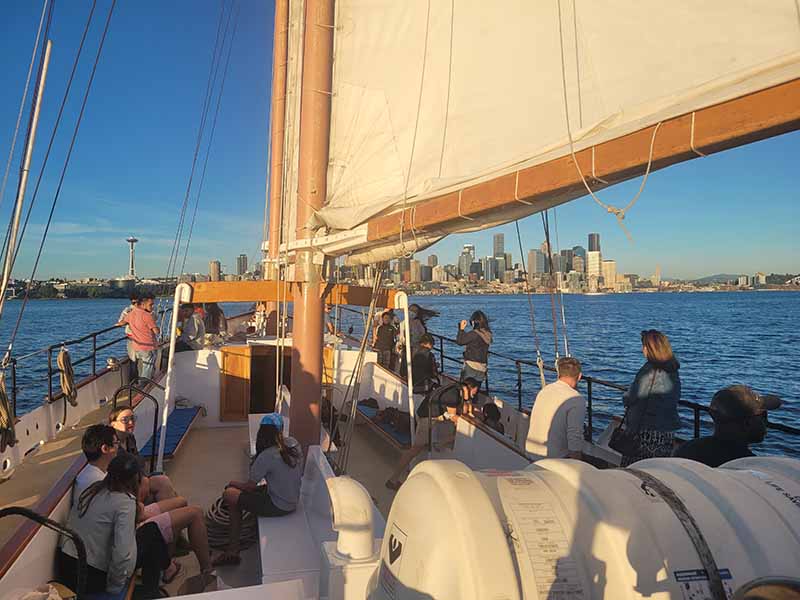
Guests enjoy a scenic tour on The Bay Lady, an 85 foot twin-masted schooner owned and operated by Seattle’s Tall Ship. Offering daytime and sunset sailing tours, as well as private charters, Seattle’s Tall Ship is a premiere tour boat service on Seattle’s downtown waterfront.
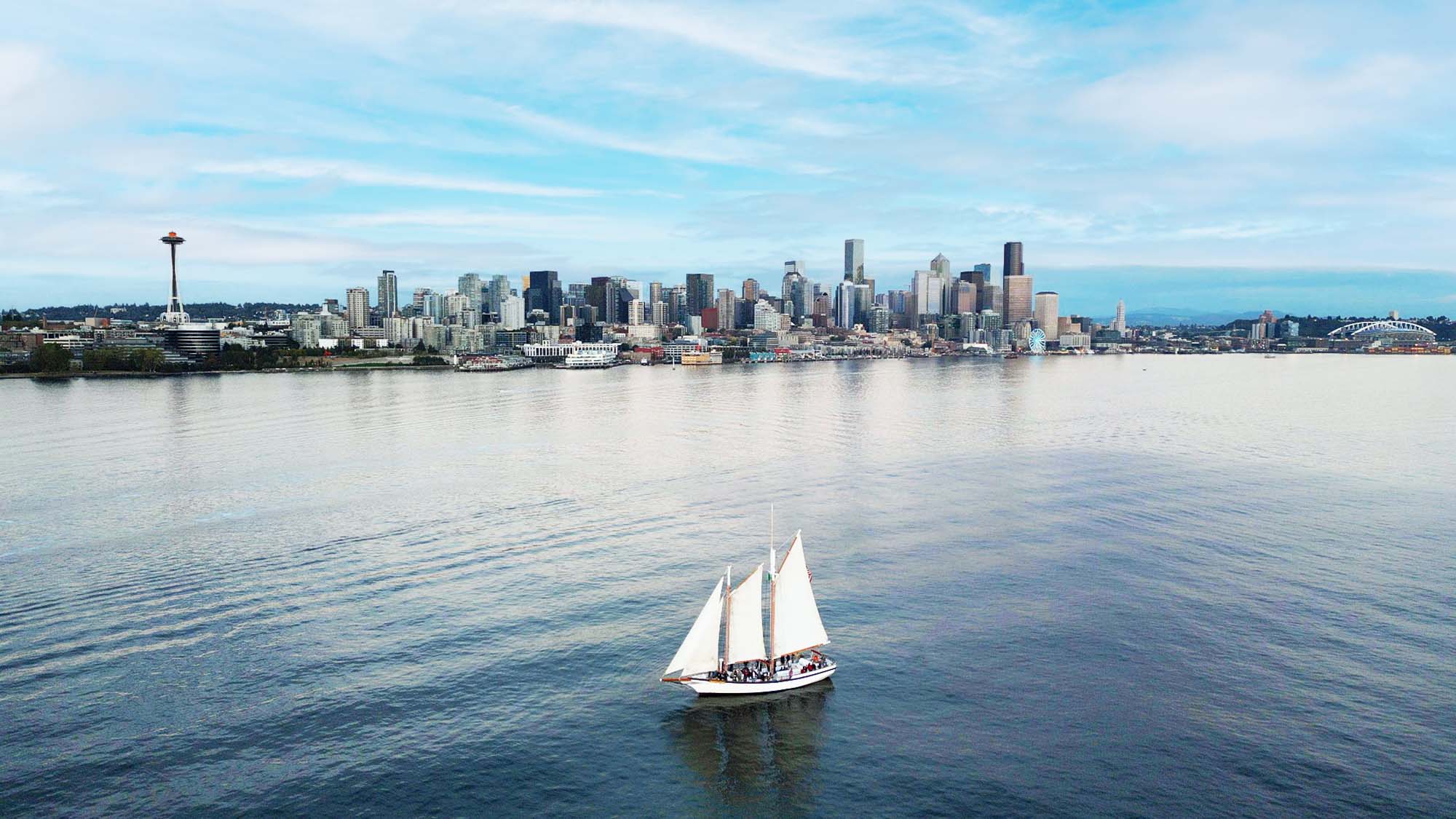
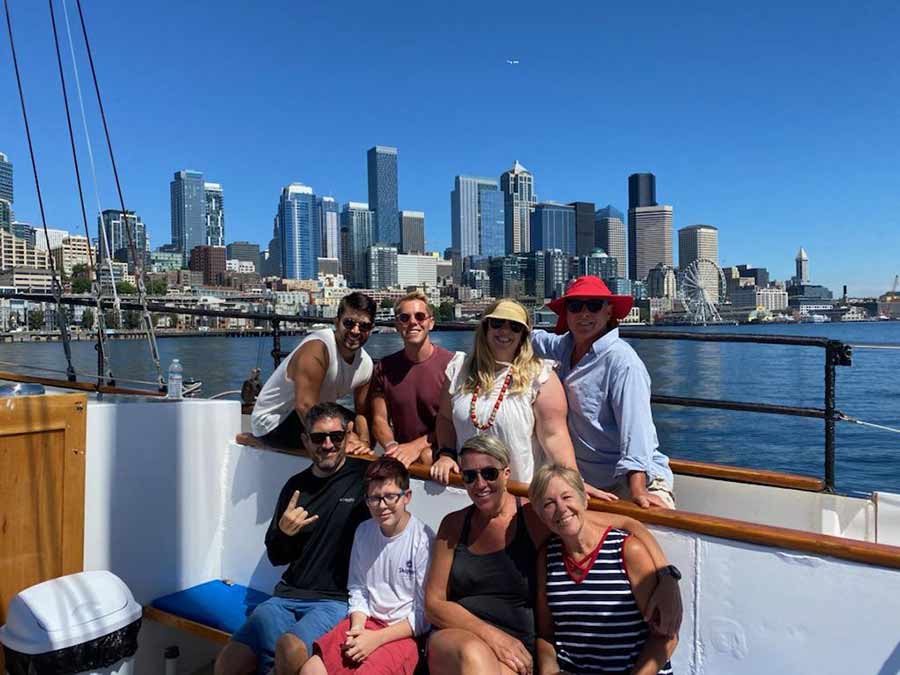

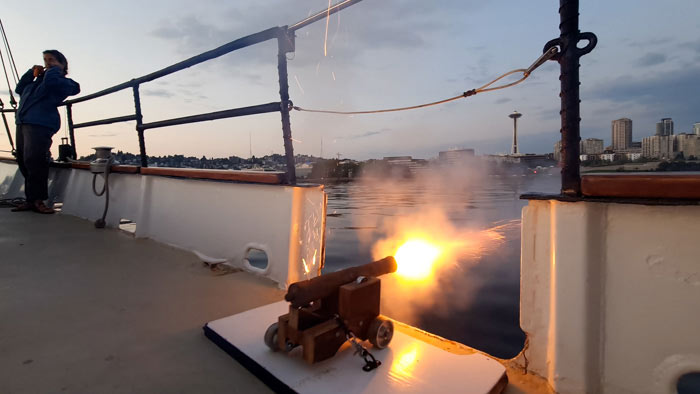
Guests enjoy the sights and sounds of a tall ship tour onboard Seattle’s Tall Ships, “The Bay Lady”.
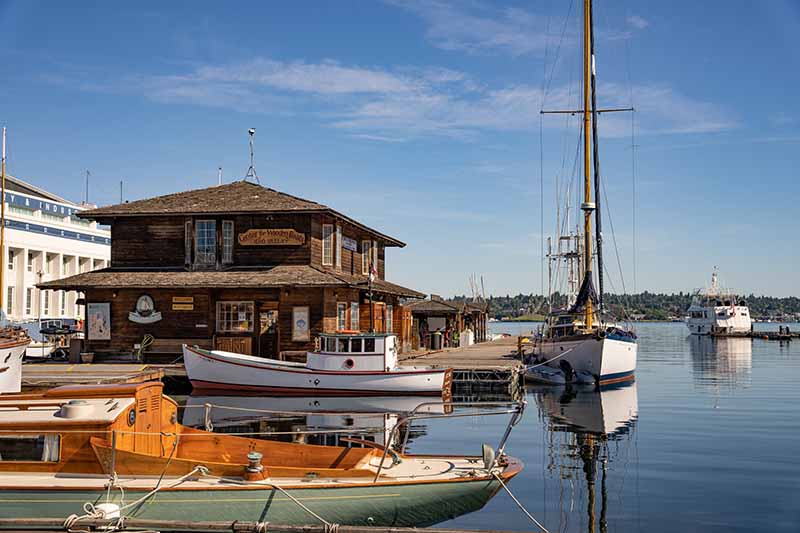
The Center for Wooden Boats, located at south lake union in Seattle. A pivotal organization furthering awareness and engagement with Seattle’s maritime traditions and craftspeople. They offer multiple classes and programs for all ages
Preserving Maritime Heritage: The Importance of Tall Ships
Tall ships are more than just relics; they are vital links to our maritime past, serving as interactive platforms for education and preservation. By supporting these vessels, we not only honor the legacy of those who sailed before us but also inspire future generations to cherish and protect our maritime heritage. Through initiatives like youth sailing programs and historical reenactments, tall ships in Seattle play a crucial role in keeping the city’s nautical spirit alive.
The tall ships of Seattle offer a unique lens through which to view the city’s history, culture, and natural beauty. They remind us of the courage, determination, and curiosity that define the human spirit. By embracing these timeless vessels, we embark on a journey that transcends the boundaries of time, connecting us with the adventurers of the past and inspiring those of the future. If you’ve never experienced the thrill of sailing the Puget Sound aboard one of these timeless vessels, we highly encourage you to jump aboard, hoist the sails and shove off on an adventure you won’t soon forget.
book a sail with Seattle’s Tall Ship
If you have never experienced the thrill of sailing on our tall ship, there is no better time to try than now. With multiple sailing times and experiences available, our family-friendly harbor experiences are a must-do Seattle activity. Join us today!
